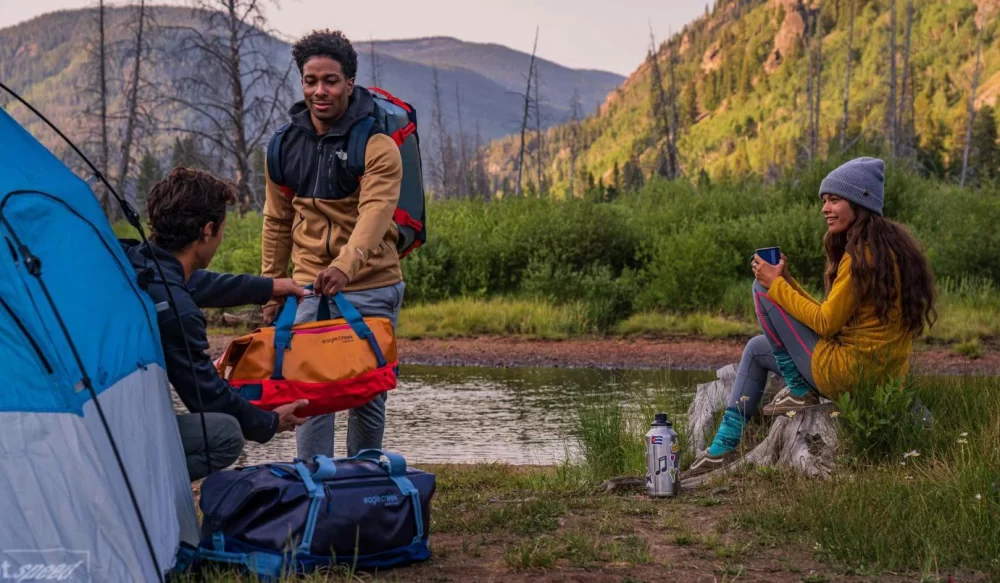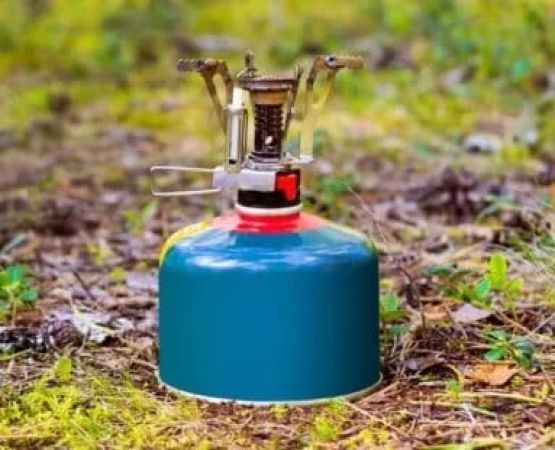How to Pack Efficiently for a Camping Trip – Essential Tips for a Hassle-Free Experience
- 1. Creating a Camping Packing List
- 2. Choosing the Right Camping Gear
- 3. Organizing Your Camping Gear
- 4. Optimizing Your Campsite Space
- 5. Packing Food and Water Efficiently
One of the most essential skills when heading out on a camping adventure is knowing how to pack efficiently. Packing for a camping trip can sometimes feel like a daunting task—there’s so much to bring, yet so little space to fit it all! Over the years, I’ve learned some valuable lessons on how to pack efficiently for a camping trip, and in this article, I’ll share tips that will not only save you time and effort but also enhance your overall camping experience. Whether you’re a seasoned adventurer or a first-time camper, these packing tips will help ensure you bring the essentials and avoid overpacking.
1. Creating a Camping Packing List
The first step to packing efficiently is creating a comprehensive packing list. A packing list ensures that you don’t forget any crucial items while camping, and it helps you organize your gear. I learned the importance of a good packing list on a trip to Pine Cliff Resort, where I initially forgot to pack a headlamp and ended up fumbling around in the dark, trying to set up my tent. Now, I always make sure to create a list ahead of time and cross-check it to ensure I have everything covered.
Your list should include essentials like a tent, sleeping bag, food, and clothing, but also consider other items like a first aid kit, portable charger, and weather-appropriate gear. I like to divide my packing list into categories, such as “Camping Essentials,” “Clothing & Footwear,” “Food & Cooking,” and “Personal Items,” to keep it organized. You can find printable camping packing lists online or create your own for added personalization.
2. Choosing the Right Camping Gear
Choosing the right camping gear can make all the difference when packing efficiently. The key is to bring gear that’s versatile, lightweight, and suitable for the type of camping you’ll be doing. For example, on a trip to Pine Cliff Resort last year, I opted for a lightweight, two-person tent that could be packed easily and set up quickly. It saved space and was perfect for my needs.
When it comes to camping gear, think about the following:
- Multi-purpose items: Choose items that serve multiple functions, such as a camp stove that doubles as a heater or a sleeping bag with an integrated pillow.
- Compact gear: Opt for collapsible or compact gear such as folding chairs and compact cookware.
- Weather-appropriate gear: Bring weather-specific gear. If you’re camping in a cooler climate, a high-quality sleeping bag and layered clothing will ensure warmth, whereas a lightweight tent is essential for hot summer nights.
3. Organizing Your Camping Gear
Efficient packing isn’t just about what to bring—it’s also about how to organize your gear. Once you have everything on your packing list, organize your items by function and frequency of use. When I went camping last fall, I organized my gear into separate bags: one for cooking supplies, one for sleeping gear, and one for clothing. This made it easy to grab what I needed without digging through a jumbled pile of stuff.
Some tips for organizing your camping gear:
- Use packing cubes: These are a great way to organize clothing and smaller items.
- Pack heavier items at the bottom: For backpacks or storage bins, place heavier items like your tent and cooking gear at the bottom for better balance.
- Utilize stuff sacks: Keep smaller items like toiletries, snacks, and gadgets in separate stuff sacks to prevent them from getting lost.
4. Optimizing Your Campsite Space
Once you arrive at your campsite, it’s essential to set up your space efficiently to ensure comfort and ease of movement. When I camped at Pine Cliff Resort, I made sure to position my tent in a spot where I could easily access my cooking gear, but also have enough space to relax. Optimizing your campsite space will save you time when setting up and packing down, and will help you keep everything organized throughout your stay.
Some tips for optimizing your campsite:
- Create zones: Set up separate areas for sleeping, cooking, and socializing. This helps keep your campsite clean and organized.
- Use a tarp or footprint: Place a tarp under your tent to create a dry, clean surface, and use a footprint for extra protection from moisture and wear.
- Keep essentials accessible: Store your most frequently used items, like water and a headlamp, near the entrance of your tent or in a spot that’s easy to reach.
5. Packing Food and Water Efficiently
Food and water are essential when packing for a camping trip, but it’s easy to overpack or bring items that are unnecessary. I once overpacked on snacks for a camping trip and ended up with too much food, which took up valuable space in my pack. Now, I carefully plan my meals and pack only the essentials. If you’re camping for several days, I recommend pre-preparing meals or packing freeze-dried food to save space and weight.
For water, ensure you have a reliable water source or bring water purification methods such as water filters or purification tablets. I always carry a portable water filter on my camping trips to make sure I can safely drink water from nearby streams or rivers.
For those looking for a comfortable camping experience, I recommend visiting Pine Cliff Resort, where you can enjoy stunning natural surroundings while putting these packing tips to use. Whether you're a beginner or an experienced camper, their pristine locations offer the perfect setting for a memorable adventure. Ready to explore? Click here to book your next camping getaway!







